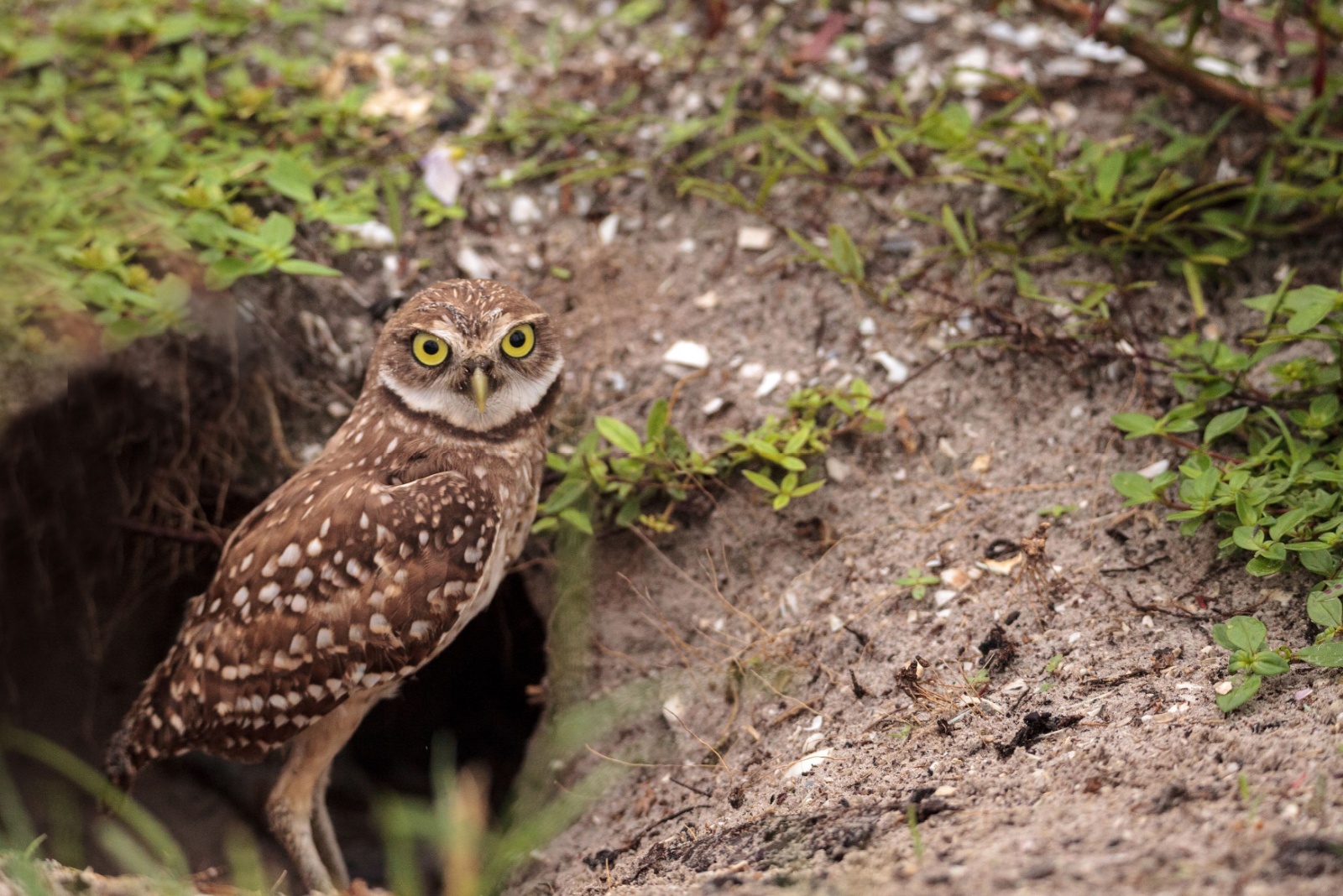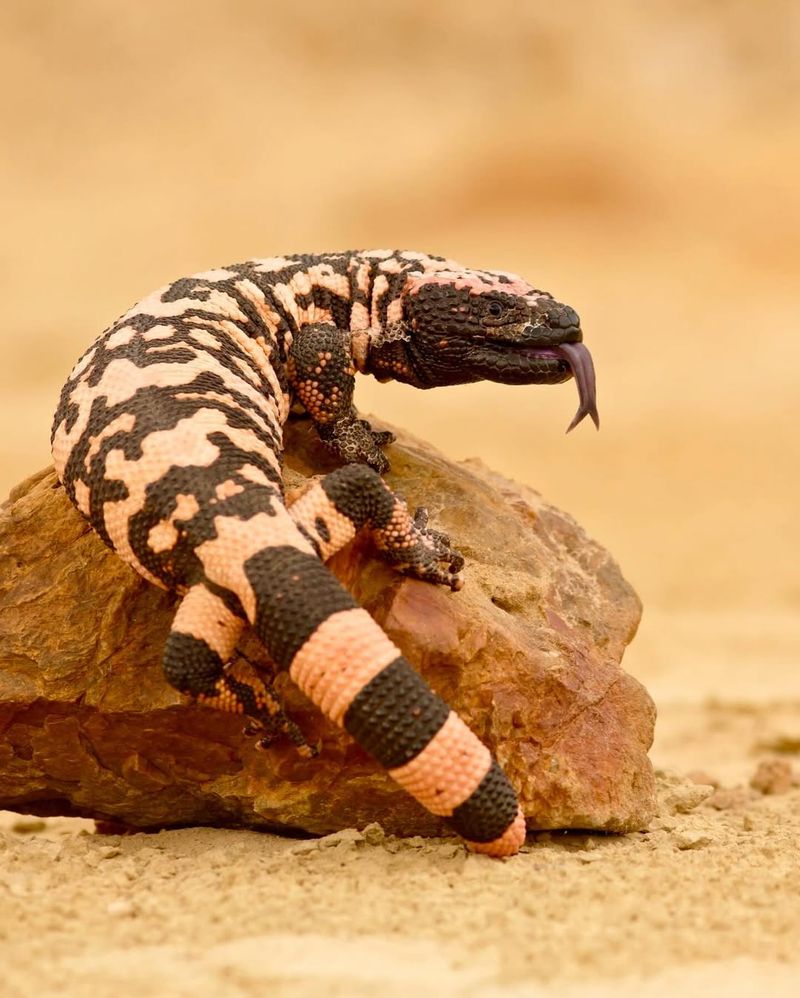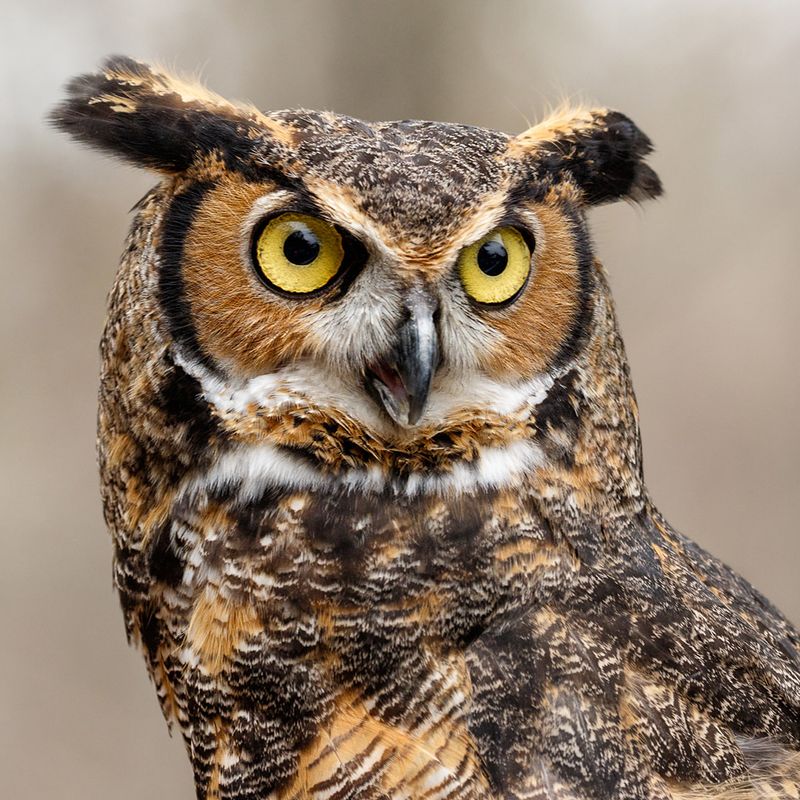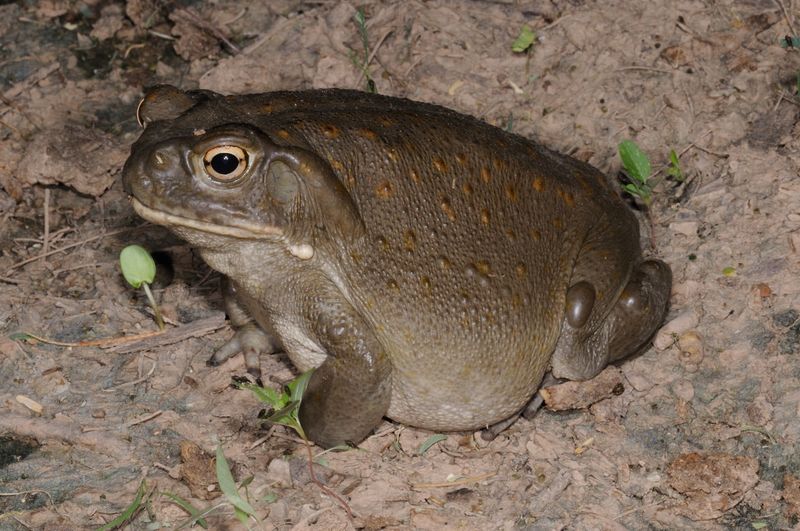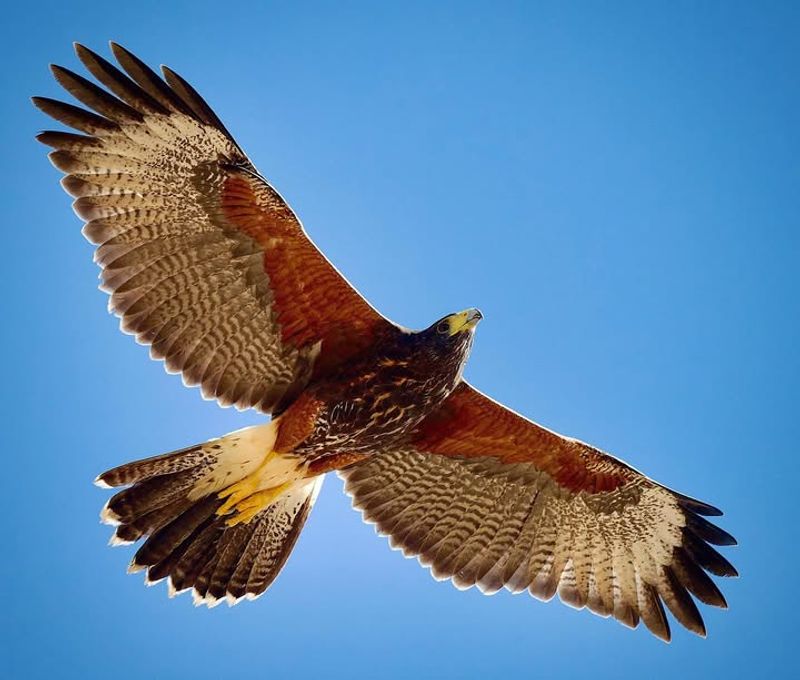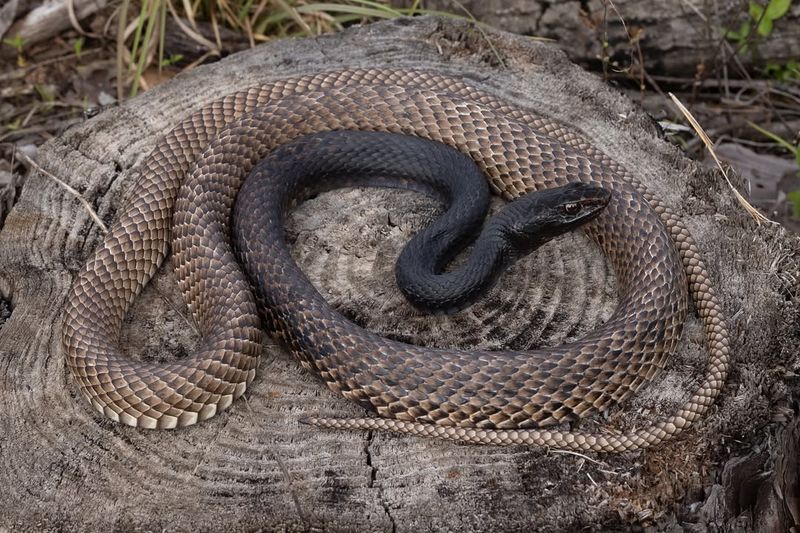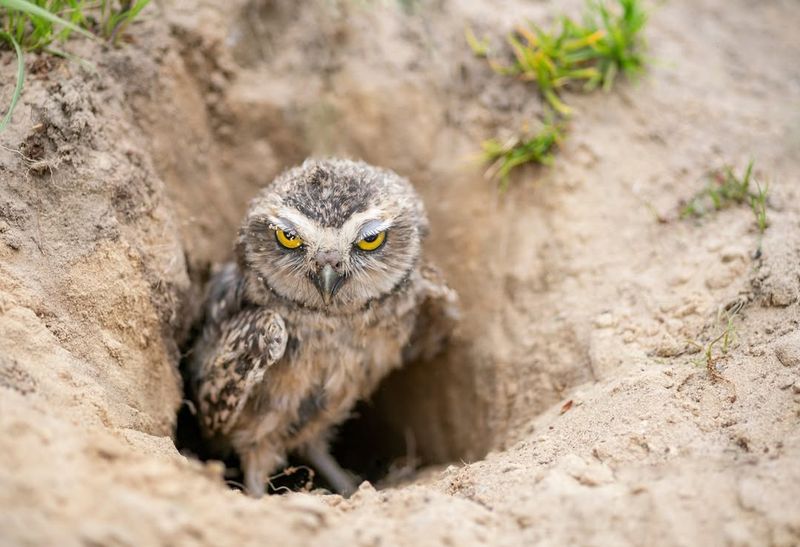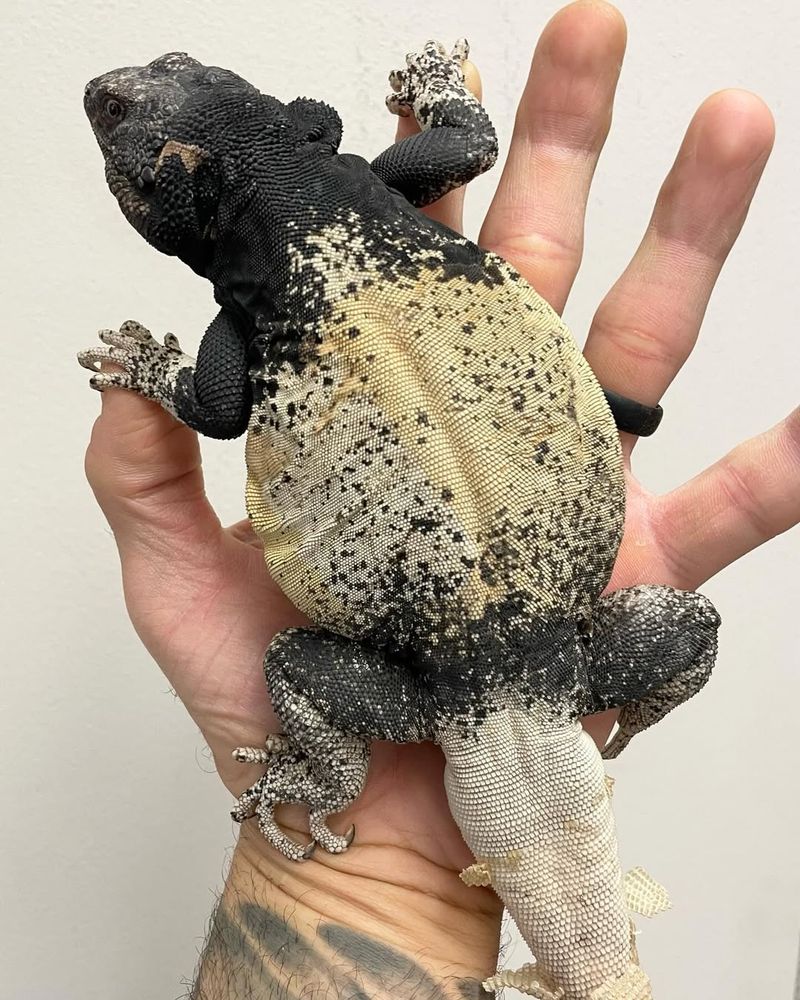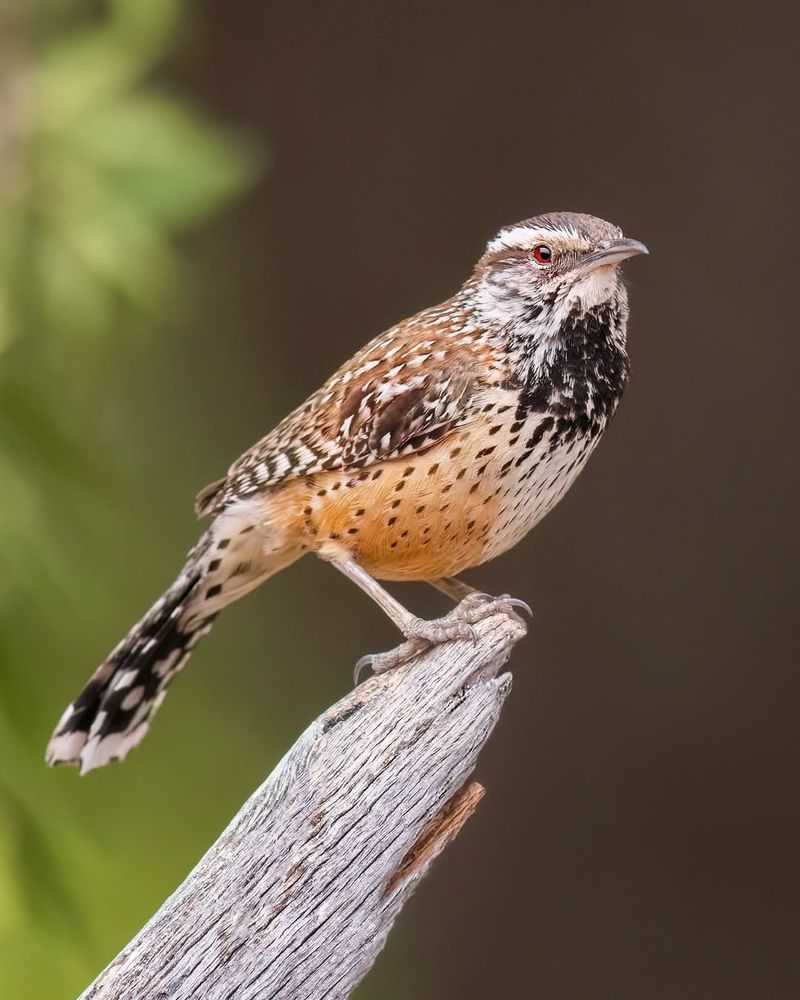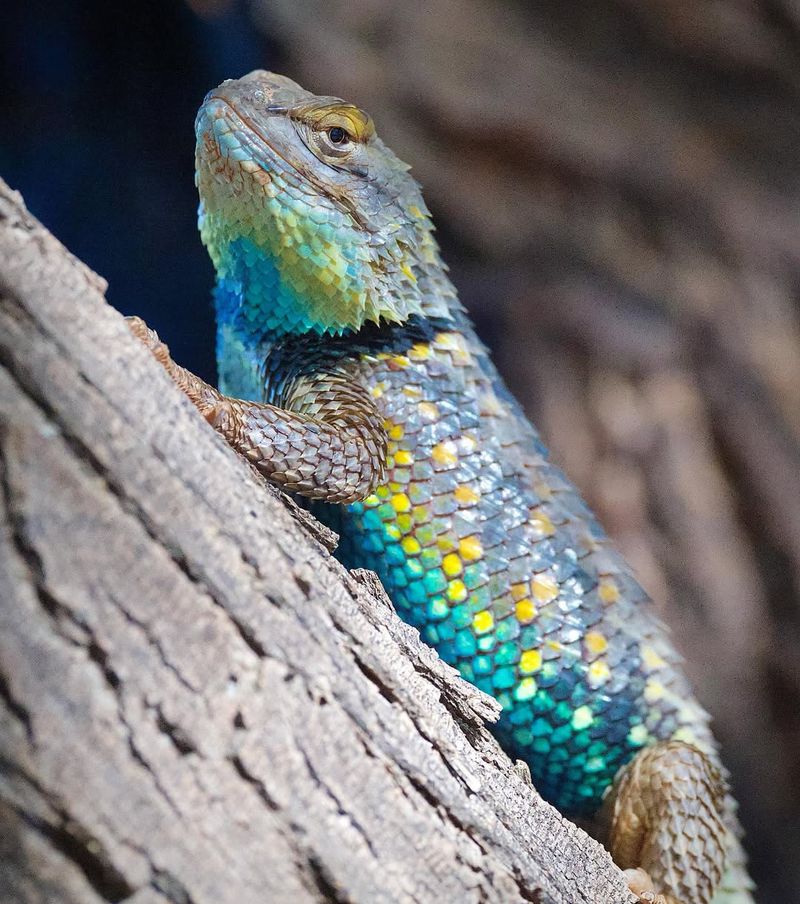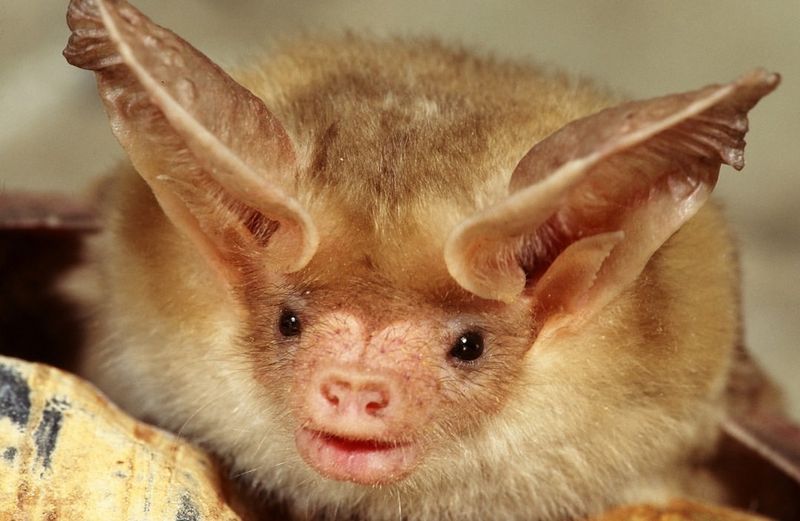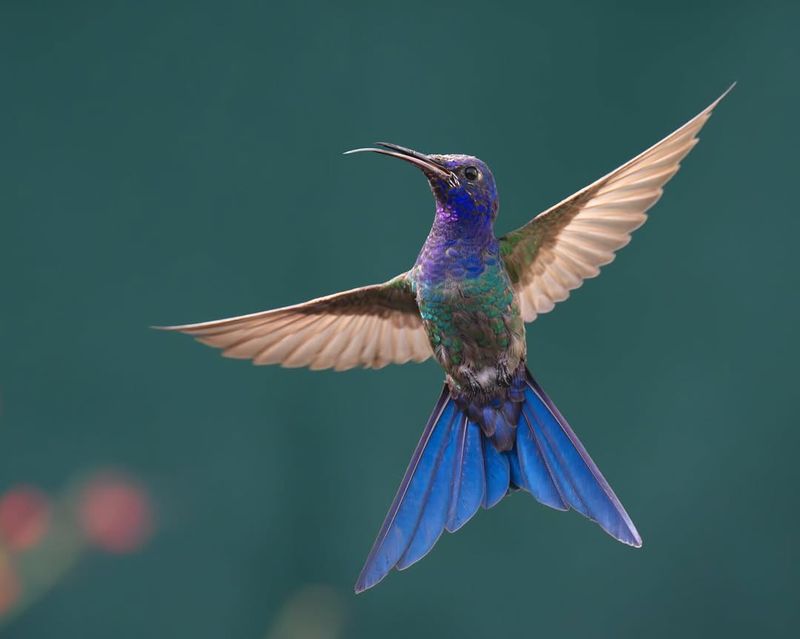In Arizona, some animals are off-limits — even if they move into your yard or home. State law protects several native creatures that play vital roles in the desert ecosystem.
Before calling pest control, learn about 12 species you’re legally required to leave alone.
1. Desert Tortoise
Spotting one of these ancient-looking reptiles in your yard might be a rare treat! Desert tortoises are fully protected under Arizona law, with penalties reaching thousands of dollars for removing them without proper permits.
These slow-moving creatures can live up to 80 years and play a crucial role in our desert ecosystem by digging burrows that provide shelter for other animals. If one wanders into your yard, simply observe from a distance and let it continue its journey.
2. Gila Monster
With their beaded black and orange skin, Gila monsters might look intimidating, but these venomous lizards are actually shy creatures that avoid human contact. As one of only two venomous lizards in North America, they receive complete protection under Arizona law.
Found nowhere else in the world except the Sonoran Desert, these remarkable reptiles spend about 95% of their lives underground. If you spot one lounging in your yard, keep pets and children away and allow it to move along naturally.
3. Great Horned Owl
Those haunting hoots you hear at dusk might be from a great horned owl making itself at home in your trees. With their distinctive ear tufts and piercing yellow eyes, these impressive birds are federally protected under the Migratory Bird Treaty Act.
Removing an owl or its nest without proper wildlife permits can result in serious legal consequences. Consider yourself lucky if these natural pest controllers choose your property – a single owl can catch up to 1,000 rodents each year!
4. Sonoran Desert Toad
Sometimes called the Colorado River Toad, these hefty amphibians emerge during monsoon season and might hop into your yard searching for water. Their warty skin contains powerful toxins that can be deadly to pets, but that doesn’t mean you can remove them.
Arizona law protects these native toads from collection or relocation. If you find one near your home, simply leave it alone. They’re actually helpful garden residents, consuming large quantities of insects and providing that iconic desert soundtrack on rainy summer nights.
5. Harris’s Hawk
Unlike most raptors, Harris’s hawks hunt in family groups, earning them the nickname “wolves of the sky.” With rich chestnut shoulders and bright yellow legs, these social birds might establish territory in your neighborhood trees.
Protected under federal law, disturbing their nests can bring hefty fines. Many Arizona homeowners welcome these hawks, as they excel at controlling rabbit and rodent populations. Their unique cooperative hunting behavior makes them fascinating neighbors worth appreciating from a respectful distance.
6. Coachwhip Snake
Long and slender, coachwhip snakes move with incredible speed through Arizona yards. Don’t let their rapid movement alarm you – these non-venomous reptiles help control rodent populations and are protected under Arizona’s native wildlife laws.
Often mistaken for more dangerous species, coachwhips got their name from their braided-leather appearance. Despite old frontier myths, they cannot whip people or chase them in circles! If one visits your property, simply give it space and appreciate this beneficial predator from a distance.
7. Burrowing Owl
Standing just 10 inches tall, these ground-dwelling owls might establish residence in abandoned ground squirrel burrows around your property. Unlike their tree-dwelling cousins, burrowing owls are active during daylight hours, often standing sentinel near their underground homes.
Protected under both state and federal laws, these pint-sized predators face habitat loss throughout Arizona. Their population has declined dramatically, making each owl family especially valuable. If they nest near your home, consider yourself chosen by a rare and special neighbor!
8. Chuckwalla Lizard
With their wrinkly skin and dinosaur-like appearance, chuckwallas might look prehistoric wandering across your rocks or garden wall. These herbivorous lizards have a unique defense mechanism – wedging themselves into rock crevices and inflating their bodies to become stuck when threatened.
Arizona regulations prevent removing these harmless native reptiles from the wild. Masters of desert survival, chuckwallas can go months without drinking water, getting moisture from the plants they eat. Their presence indicates you’ve created a healthy desert landscape worth celebrating.
9. Cactus Wren
As Arizona’s state bird, the cactus wren enjoys special protection status. These chatty, energetic birds build distinctive football-shaped nests primarily in chollas or prickly pear cacti, sometimes right in suburban yards.
Removing their nests violates both state and federal wildlife laws. Cactus wrens mate for life and will use the same nesting sites year after year. Their rapid, mechanical-sounding calls provide the soundtrack to many Arizona mornings. Consider planting native cacti to attract these charismatic desert residents to your property.
10. Desert Spiny Lizard
Male desert spiny lizards flash brilliant blue bellies and throats during mating season, creating a surprising pop of color against adobe walls or rock gardens. These common yard residents perform valuable pest control services, consuming scorpions, crickets, and other unwanted insects.
Protected as native wildlife, these lizards cannot legally be captured or relocated. Their spiky scales and ability to change color help them blend perfectly with their surroundings. Many Arizona homeowners develop fond attachments to the spiny lizards that return to their yards year after year.
11. Pallid Bat
With their oversized ears and pale coloring, pallid bats might take up residence in your eaves or palm trees. Don’t panic! These native bats are protected under Arizona law and provide incredible pest control services, consuming their body weight in insects nightly.
Unlike many bat species, pallid bats primarily hunt on the ground, snatching up scorpions and centipedes with impressive immunity to their venom. If bats have established a roost on your property, consult with wildlife authorities about humane exclusion methods that can only be implemented during certain seasons.
12. Hummingbirds
From the tiny Costa’s hummingbird to the more robust Anna’s, all hummingbird species in Arizona receive federal protection under the Migratory Bird Treaty Act. Their nests – often no bigger than a walnut shell – are engineering marvels that can’t legally be disturbed, even after they appear abandoned.
Removing a hummingbird nest can result in fines exceeding $15,000. If you discover one in your yard, consider yourself specially selected! These flying jewels show remarkable nest site fidelity, often returning to the same locations year after year. Enjoy watching from a respectful distance.

